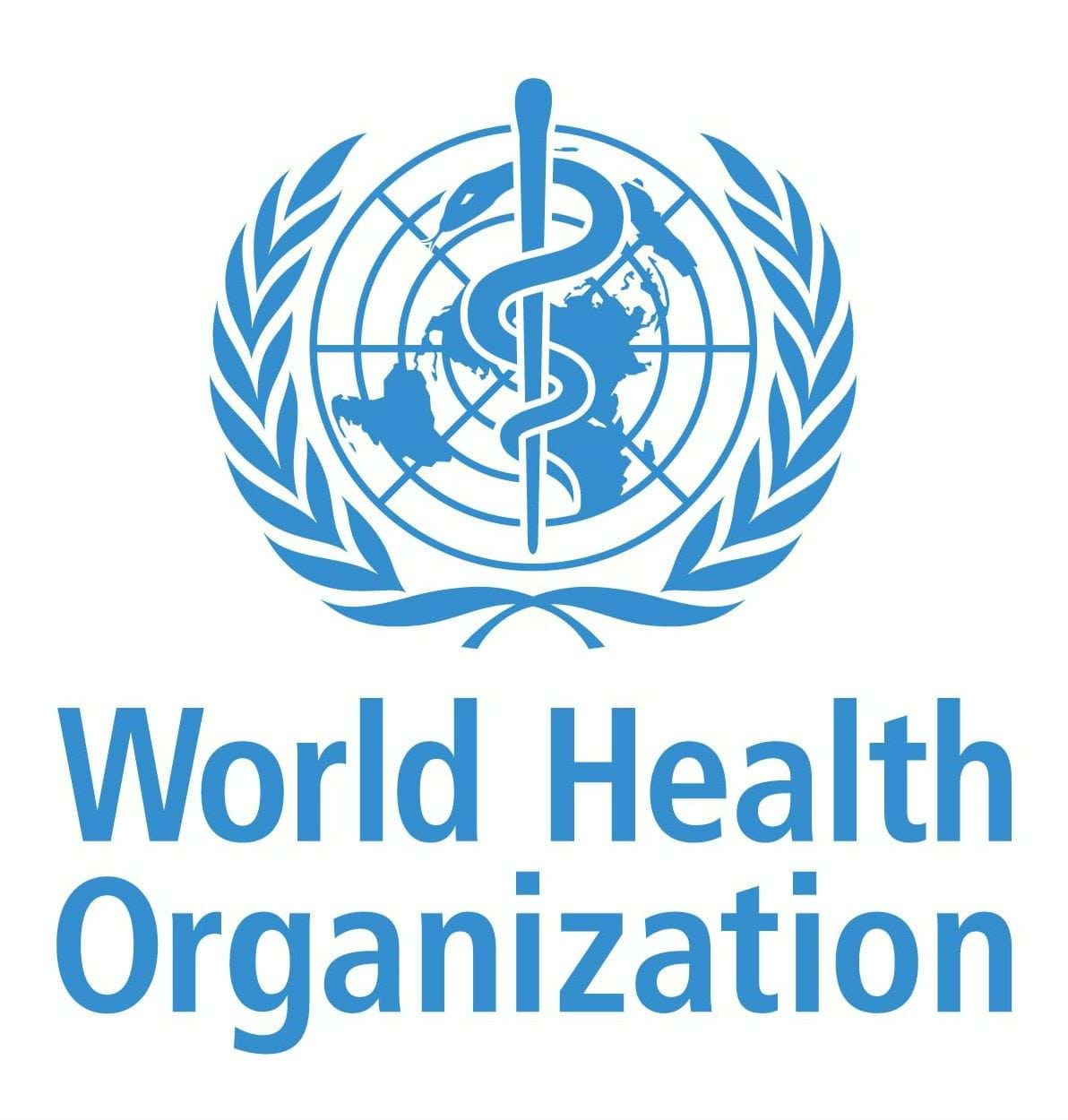Preterm birth rates have not changed in any region in the world in the past decade, with 152 million babies born before 37 weeks between 2010 and 2020, according to a major report (1).
Born too soon: decade of action on preterm birth estimates that 13.4 million babies were born preterm in 2020, with nearly 1 million dying from preterm complications. The report from the United Nations Children’s Fund, the World Health Organization, and the Partnership for Maternal, Newborn, and Child Health (an alliance of health organisations), is a follow-up to a landmark 2012 report (2).
Data prepared by the London School of Hygiene and Tropical Medicine for the report show how preterm rates have remained static. The global preterm birth rate was 9.9% in 2020 compared with 9.8% in 2010. The highest rates of preterm birth are in Southern Asia, where they were 13.3% in 2010 and 13.2% in 2020, and sub-Saharan Africa, where they were 10.1% in both 2010 and 2020.
In 13 countries preterm rates are rising and in 52 countries there has been no measurable change. Only a handful of countries have made progress in reducing their preterm birth rates and even then the changes have been modest at 5% in 10 years.
Preterm birth is now the leading cause of child deaths, accounting for more than 1 in 5 of all deaths of children occurring before their fifth birthday. Those babies that do survive have an increased likelihood of disability and developmental delays.
The report also highlights how inequalities result in “unacceptable” survival gaps for babies born prematurely and says that most preterm deaths and disabilities are preventable. It points out that nine in 10 extremely preterm babies—those born before 28 weeks—survive in high income countries whereas fewer than one in 10 survive in low income countries.
And in all countries, including high income countries, there is an unacceptable gap in outcomes by race and for the poorest and most marginalised.
The “four Cs”—conflict, climate change, covid-19, and the cost of living crisis—heighten the threats for the most vulnerable women and babies in all countries, the report says.
Joy Lawn, professor of maternal, reproductive, and child health from the London School of Hygiene and Tropical Medicine and a co-author of the report, said, “While some regions are more affected, preterm birth threatens health progress in every country.”
She told a briefing at the international maternal newborn health conference in Cape Town, South Africa, that there needs to be work on two tracks. “We need both to prevent preterm birth and do better at improving care for newborns. We have the solutions. There are things we can do.” For example, improving antenatal care, reducing infections in pregnancy, and cutting caesarean rates would help reduce preterm births. Kangaroo mother care, where the newborn baby is given skin-to-skin contact by being placed against the parent’s chest, has been shown to improve survival of small and preterm babies.
A separate report from WHO found that progress in reducing deaths during pregnancy and childbirth and among newborns has stalled since 2015 (3). Based on current trends, more than 60 countries will not meet the 2030 Sustainable Development Goals on maternal, newborn, and stillborn mortality.
The report, Improving maternal and newborn health and survival and reducing stillbirth, shows that there are 290 000 maternal deaths each year, 1.9 million stillbirths, and 2.3 million newborn deaths, which are deaths in the first month of life
“Pregnant women and newborns continue to die at unacceptably high rates worldwide, and the covid-19 pandemic has created further setbacks to providing them with the healthcare they need,” said Anshu Banerjee, WHO director of maternal, newborn, child, and adolescent health and ageing. “If we wish to see different results, we must do things differently. More and smarter investments in primary healthcare are needed now so that every woman and baby—no matter where they live—has the best chance of health and survival.”
References
- WHO. Born too soon: decade of action on preterm birth. 2023. www.borntoosoonaction.org
WHO. Born too soon: the global action report on preterm birth. 2012. https://apps.who.int/iris/handle/10665/44864
- WHO. Improving maternal and newborn health and survival and reducing stillbirth. 2023. www.who.int/publications/i/item/9789240073678.
This piece was originally published on the BMJ.

.png?sfvrsn=6d0e27cd_1)




